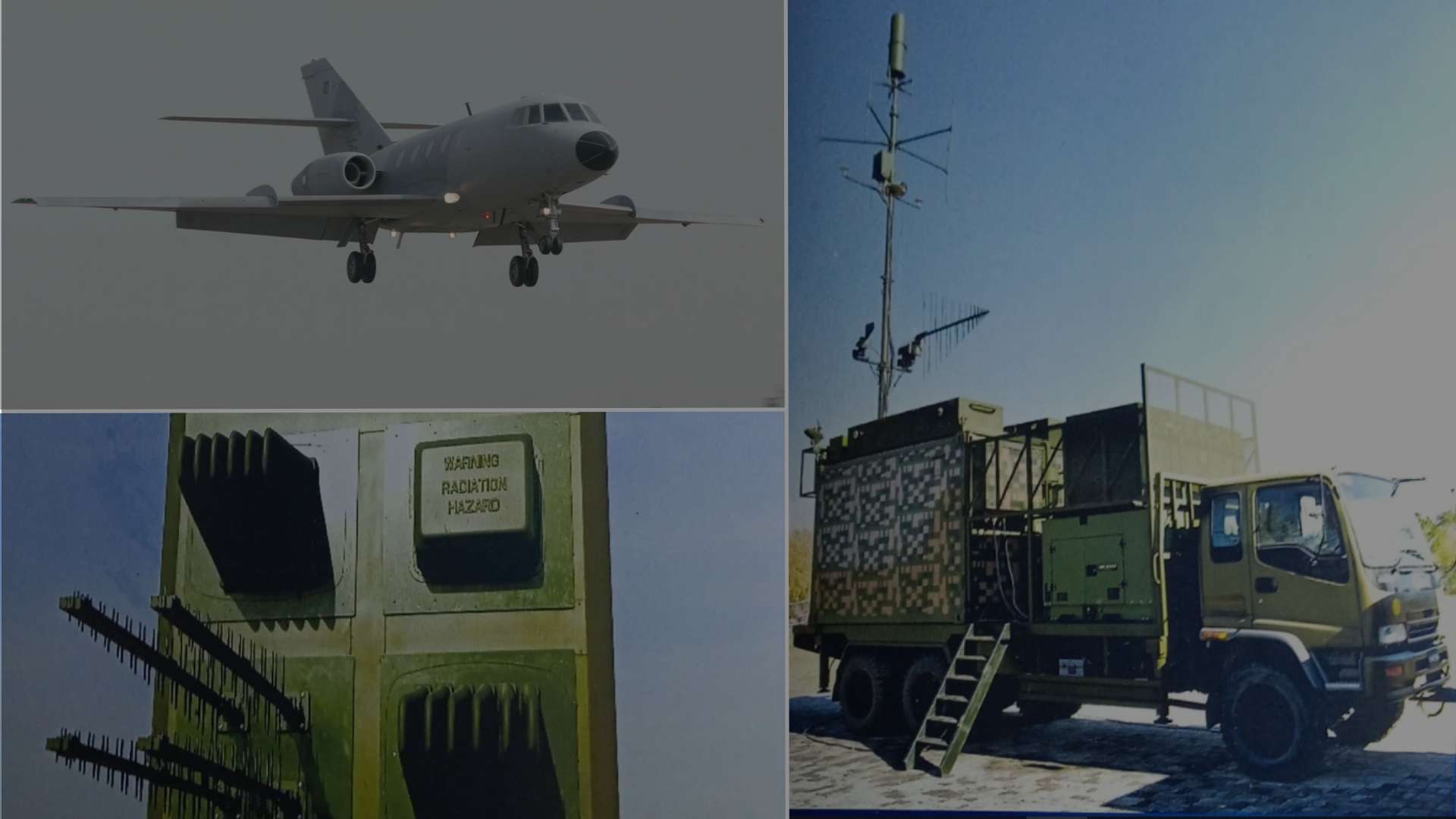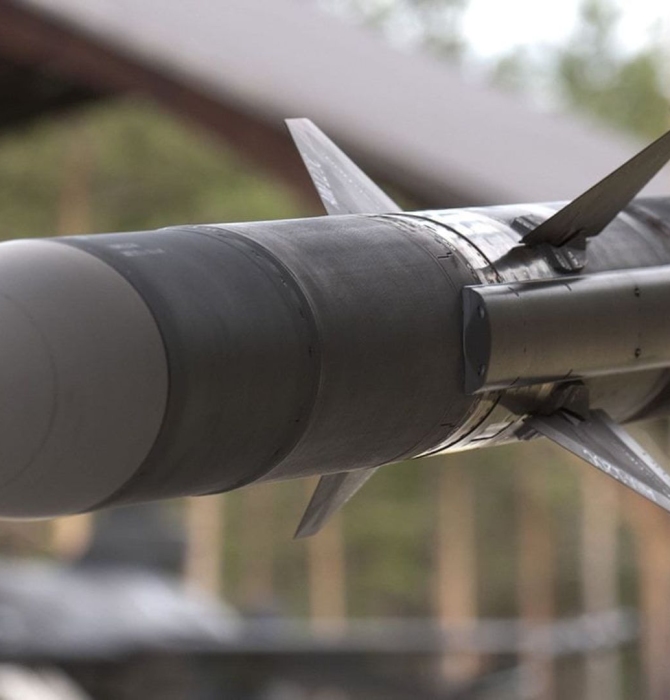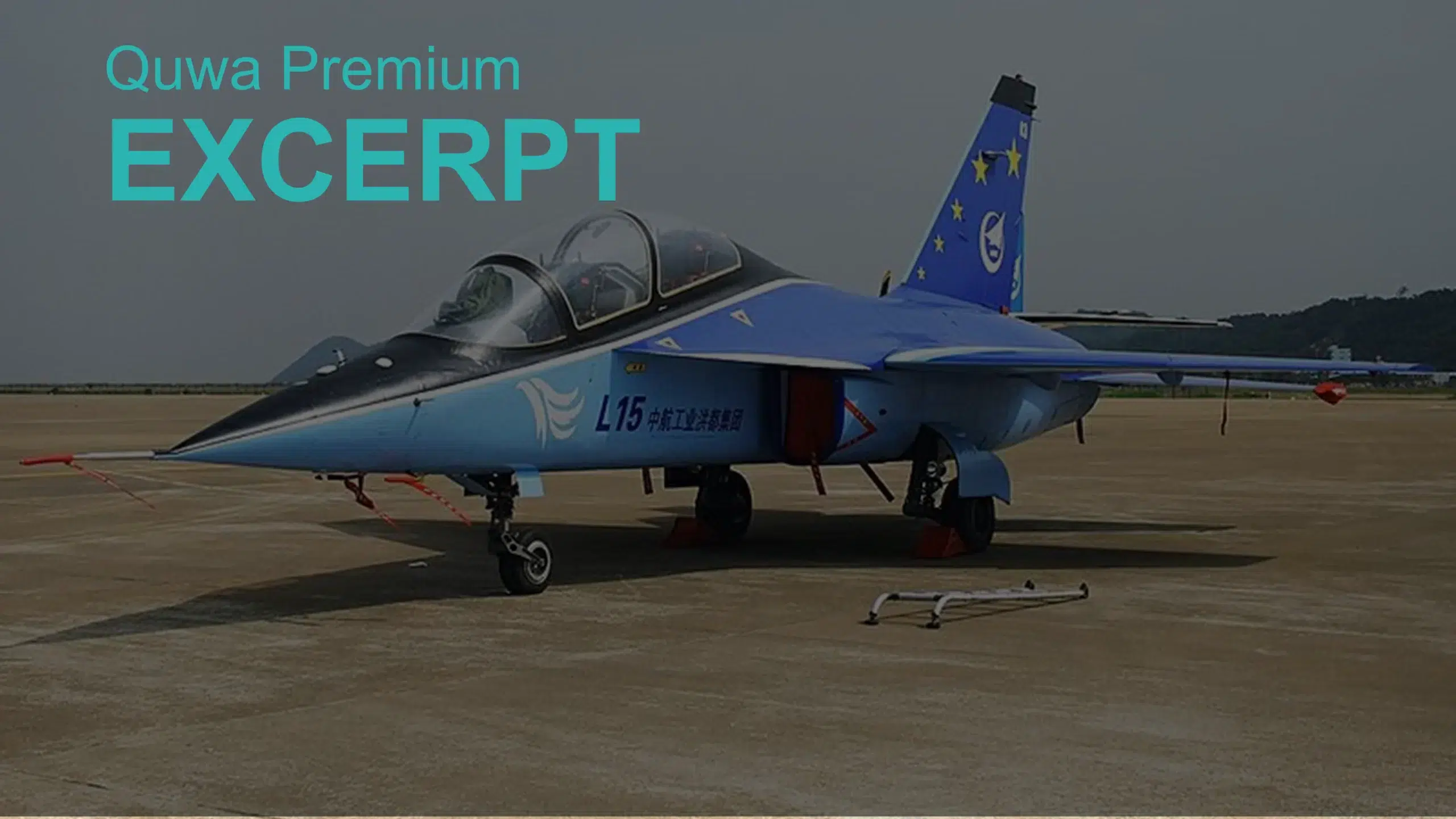5318Views

Pakistan Air Force to Lean More on Electronic Warfare Quwa Premium
Bilal Khan
Founder of Quwa, Bilal has been researching Pakistani defence industry and security issues for over 15 years. His work has been cited by Pakistan's National Defence University (NDU), the Council of Foreign Relations, Bulletin of Atomic Scientists, Centre of Airpower Studies and many others. He has a Hons. B.A in Political Science and Masters of Interntional Public Policy from Wilfrid Laurier University in Waterloo, Ontario, Canada.
In early 2024, the Pakistan Air Force (PAF) revealed its ongoing work to make electronic warfare (EW) a central aspect of its air warfare doctrine (see Quwa’s report on the PAF for more details).
This shift is a departure from the PAF’s previous approach, which was to leverage EW in specific roles, most notably offensive air operations (like Swift Retort in 2019). With multiple land-based and airborne systems in the procurement pipeline, and a widespread domestic industry drive to supply solutions, EW will be a mainstay asset.
Background on Electronic Warfare (EW)
The term ‘electronic warfare’ (EW) encompasses multiple domains, but in its most basic sense it is the practice of interfering in the electromagnetic (EM) spectrum. The EM spectrum is host to a number of modern warfighting technologies, such as radars, communications, and EW solutions – each one transmits and receives EM signals at various frequencies. Militaries leverage EW as means to monitor or deprecate those EM signals, which can lead to effects like communications jamming, spoofing on radars, and other outcomes.
Compared to any point in the past, modern military operations rely on EM applications for critical tasks like targeting, building situational awareness, and exchanging data between platforms and sensors. Hence, a strong EW capability could, in theory at least, equip an opposing military with the means to deprecate those capabilities and, in turn, weaken an enemy’s warfighting capacity.
Like other major potential conflict zones, South Asia’s security environment has kept advancing, and, accordingly, EM utilization in both Pakistan and India has reached a new high. In practical terms, one can see this EM use through each country’s growing drone forces, increasing use of precision-guided munitions, and expanding ground-based air defence systems (GBADS), among many other EM applications. This EM utilization will continue swelling, especially as both nuclear powers intensify their respective investment in EW solutions as a means to deprecate their rival’s surveillance, targeting, and communications capabilities.
For its part, the PAF is growing its full gamut of EW capabilities – i.e., electronic countermeasures (ECM), electronic attack (EA),and electronic intelligence (ELINT) comprising of communications intelligence (COMINT) and signals intelligence (SIGINT). The PAF is also leveraging EW as part of its counter-unmanned aerial system (C-UAS) strategy.
How the PAF Traditionally Leveraged EW
Until recent years, widespread EW deployment was not a part of the PAF’s doctrine. Rather, EW capability was relatively concentrated in both intended purpose and practical deployment. Simply put, the bulk of the PAF’s traditional EW approach was centered on EA/ECM applications, namely through its multirole fighter aircraft (especially upgraded F-16s) and the Falcon DA-20. Additional EW assets, especially ELINT, were sparse and, interestingly, even when opportunities to procure them presented themselves (e.g., via the Erieye program), the PAF had opted not to acquire it.
That segmented approach to EW suggested that the PAF viewed EW as a niche capability suited for offensive operations. Hence, it concentrated EW within its offensively-oriented assets, such as the F-16C/D Block-52 and F-16A/B Block-15 Mid-Life-Update (MLU) and Falcon DA-20.
The turning point in the PAF’s treatment of EW occurred in 2019 when it employed its Dassault Falcon DA-20 EA/ECM aircraft in a large-scale air operation across the Line of Control (LoC) in Kashmir…
Log in or subscribe to read the rest of the article
End of excerpt (538/1,263 words)
Note: Logged in members may need to refresh the article page to see the article.


